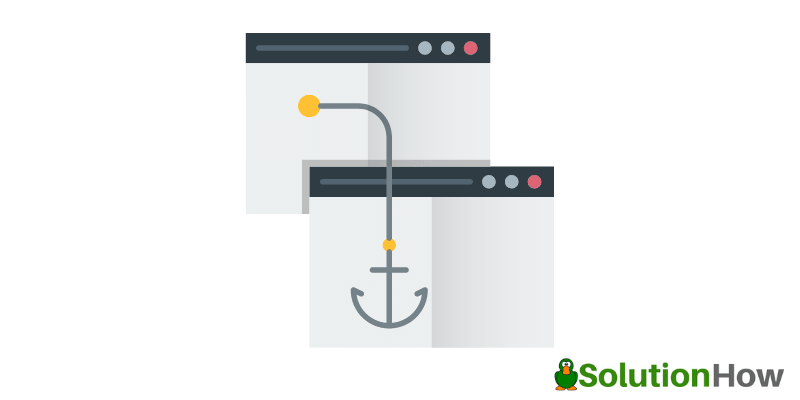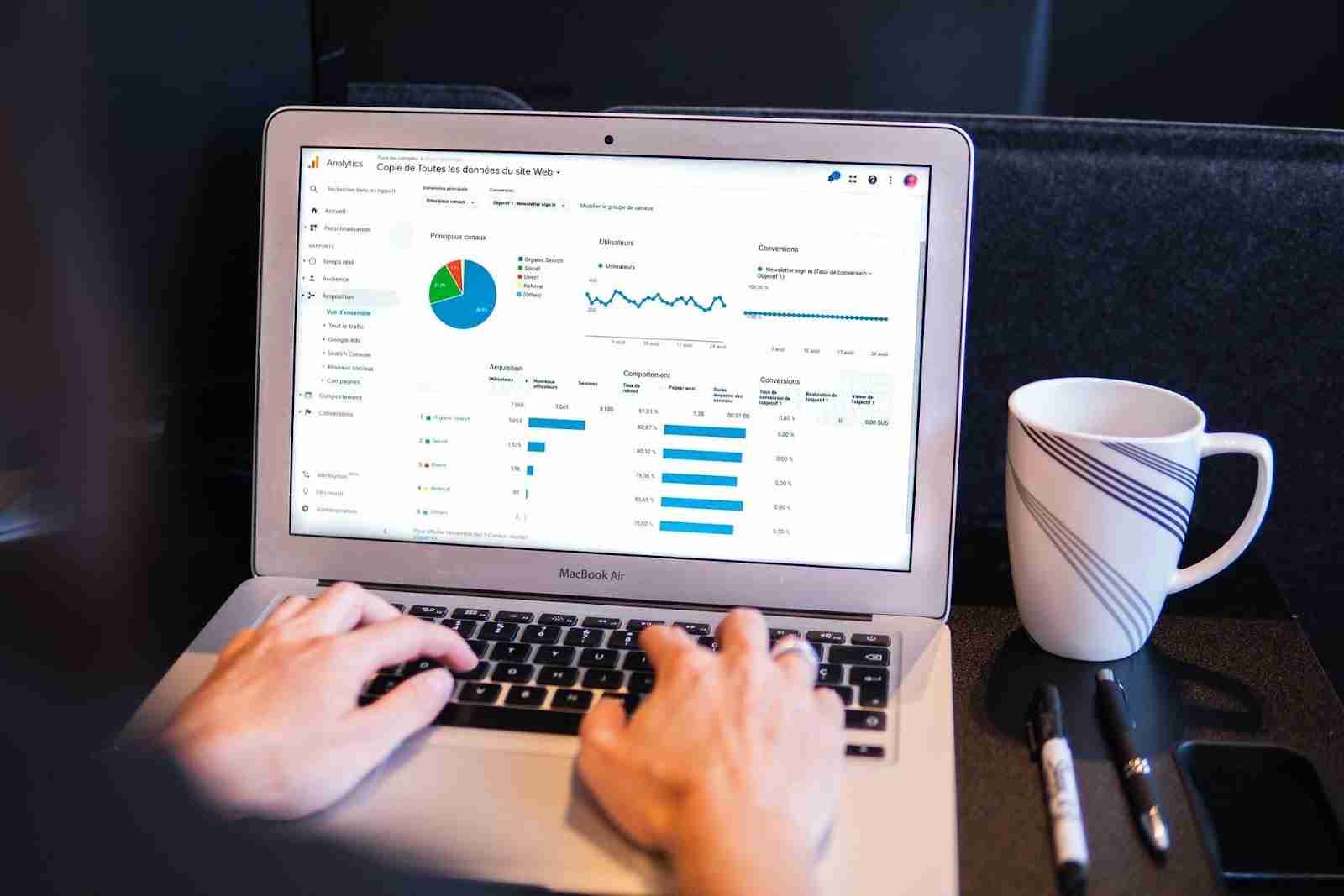The number of links connected to your site, or backlinks, plays an important part in how Google sees and ranks your content. But search engines don’t weigh all links the same way because the quality of links varies, too.
Good links or quality links will positively impact your search rankings, meanwhile, a toxic link could harm your website and could earn you a penalty.
Search engines like Google think of backlinks as votes. Naturally, the more votes you have, the more popular your site is, which means that many users find your content to be relevant. Good backlinks will benefit your SEO efforts as well because links from credible sites will compel Google to rank a page higher than competitors with poor backlinks.
However, the sites that link to you will vary in relevance, quality, and importance in your industry. Think of it this way: you would trust an expert’s opinion over a random acquaintance when it comes to topics like medication, health, and wellness. You would be more confident listening to an architect talk about the best ceiling materials for your new house rather than a hobbyist writing about their opinion on the same topic.
This is why you should also pay close attention to the value and quality of the link associated with your site.
What’s a Quality Link?

Quality Link
Quality links are links coming from credible and trusted sources. This means that when it connects to a third-party site, it does so because there’s a valuable piece of information that it wants to reference.
For example, links from sites like CNN, BBC, or NASA would increase your site’s authority and credibility. But gaining links from such sites is not easy.
There was a time when web creators could get away with just about any kind of link. This was a problem for Google because it’s a dubious tactic and some people were taking advantage of it. But it’s different now since algorithms have improved; Penguin, in particular.
Google is now able to detect spammy links, low-quality links, article directory links, and other dubious link-building methods.
Good links are labeled as good because they have been placed on a page or an article with the intention of providing the reader with valuable information.
Here are some indications of a good link
- The page that it links to aligns with your own content
Nothing is more unnatural than having a link that has nothing to do with any topic on your site connecting to your pages. Google’s understanding of content is now more advanced as it has now a more refined understanding of intent and how pages relate to each other.
A quality link is always a link that has something to do with the content on your website.
- The link is from a credible website
A reputable link will influence your site’s credibility and value. A link from National Geographic Channel, for example, will have more value and credibility than any new site that covers science and nature.
- It has the ability to send readers or traffic to your page
A quality link is a link that can send traffic to your page. For example, influencers adding a link to your site from their social media pages can persuade followers to check out your brand. Of course, you’d need to partner with the right influencers to ensure only relevant traffic flows to your site.
What’s a Bad Link?

Bad Links
Photo from Pixabay
According to Google’s link schemes guidelines, a bad link is any link intended to manipulate a site’s ranking or Google’s PageRank algorithm. Link schemes that violate Google’s Webmaster Guidelines are also considered low-quality links.
Here are some indications of a bad link
- Buying or selling links.
This encompasses exchanging money, goods, or services for links.
- The website isn’t relevant to your site
Just like how a good quality link comes from a credible site that’s also relevant to the content of your website, an indication that you have a bad link is if the site doesn’t have anything to do with your brand, product, or services.
- The website is filled with low-quality content
You have a low-quality link in your hands if the website that’s connected to yours is of low quality. You’ll know this from the design and the content. You’ll see that the content lacks quality control and anyone can write for the site.
- The website is outdated and hasn’t been maintained well
You’ll know that it’s a bad link or a low-quality link if it’s coming from a website that isn’t updated or maintained well. It means that the website is either made for link schemes or it’s not a relevant domain.
Why Should You Avoid and Remove Bad Links?

Remove Bad Links
Links have a huge impact on a website’s ranking and relevance. A good link from a credible and high-authority website can pull up your rankings and boost your website’s value in both the eyes of the user and Google. This will cause a boost in visibility and will aid in maximizing your SEO efforts.
On the other hand, a bad link will hurt your rankings, reduce your site value, and can even lead to a penalty.
Google has a webspam team that reviews a domain’s link profile. If they find that there are unnatural links connected to a site, they will address it through manual actions or penalties.
You’ll know if you’ve received a penalty through Google Search Console. The notification can be seen from the “manual actions” tab.
To remove penalties from bad backlinks, you need to remove the bad links. You have to contact the webmaster of the site and request that they add a “nofollow” or you can disavow those links before filing a reconsideration request.
If you don’t have the time to resolve your backlink issues, there are SEO services you can use to help you fix these issues professionally. An excellent SEO company can also improve the quality of links aside from detoxifying your site from bad links. You can also choose local SEO services instead of the more general SEO services if you’re planning to rank and be more visible in a more specific area.
Conduct a Backlink Analysis

Backlink Analysis
Analyzing your backlink profile should be a regular routine when it comes to maintaining the health of your website.
A backlink analysis will help you examine both your external and internal links. By conducting it regularly, you can stay on top of what’s going on with your backlinks, which will help ensure that you’re always ranking competitively.
To analyze your backlinks, use a backlink analysis tool like Buzzsumo or SEMRush. Once you’ve chosen your tool, start collecting information. You’ll be looking at a lot of data, so have a tracking method that your whole team can use. Simply using Google Sheet or Excel is enough.
You’ll be looking at the total number of links that are pointing to your website and then evaluating if each link is a good link or a bad link. Look at your top pages or those pages that have the most links pointing to it.
For the bad links, remove them by reaching out to the webmaster and request for the removal of your link on their page. Another way is to create a disavow file, so Google can ignore those links.
Here are some things you shouldn’t do when it comes to backlinks:
- Don’t exchange links with another website
Link exchange is the practice of exchanging links with another site. Google has cautioned against this practice as it’s designed for cross-linking. This is when webmasters contact another webmaster to exchange links. Thus, the site will link the other one if they’ll do the same thing.
There’s no problem with linking to a site you’re affiliated with, but Google is against excessive linking to a bunch of random sites. This method could earn you a penalty.
- Don’t purchase links
Search engines like Google, Yahoo, and Bing have now developed their algorithms to detect paid links. They can now omit websites under the influence of such a tactic from their results. Websites caught buying links will be penalized.
- Don’t associate with pay-for-placement listings or directories
Many underhanded link-building tactics have emerged and been banned by Google. One example is the low-quality link directory, which is a website that only exists to provide links to people for a price. - Don’t associate with websites related to gambling, firearms, and adult content.

Backlink Analysis
Note that when it comes to backlinks, the value and credibility of a site will influence yours so avoid linking to sites that don’t have a good reputation or those that don’t target the same audience as you.
Google’s SafeSearch content filter blocks some websites from appearing on search results so if you don’t want your website buried under your competitors, then avoid being linked to sites such as adult sites, spam sites, duplicate content sites, illegal sites, and firearms.
Links are a valuable way for Google to determine a website’s relevance and credibility to its users, allowing it to provide content that’s helpful.
When it comes to backlinks, avoid link schemes or any methods that violate Google’s guidelines. Always conduct a backlink analysis and when it comes to linking to other sites, qualify your links before inserting them into your page.

Itamar Gero
Itamar Gero is the founder of SEO Reseller, a global digital marketing solutions provider that empowers agencies and their local clients all over the world. When he isn’t working, he’s traveling the world, meditating, or dreaming (in code).






